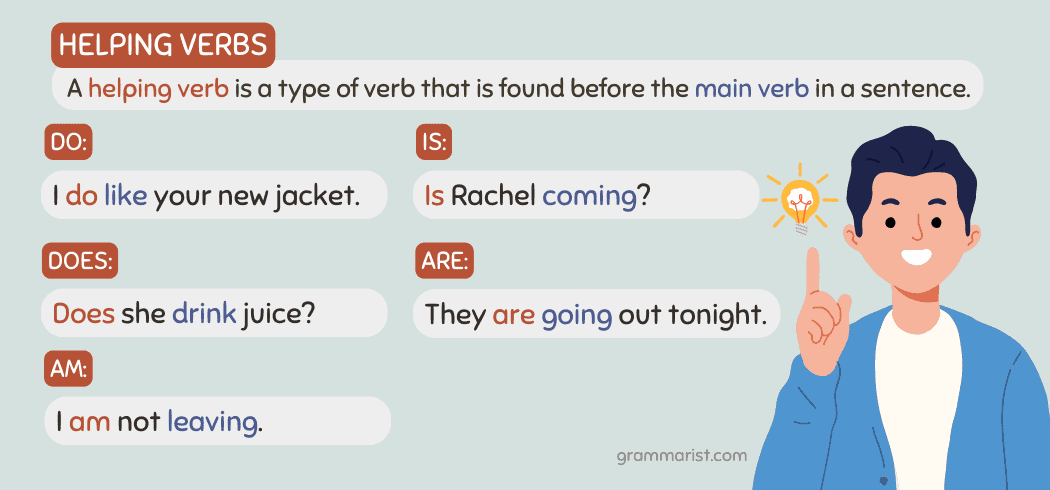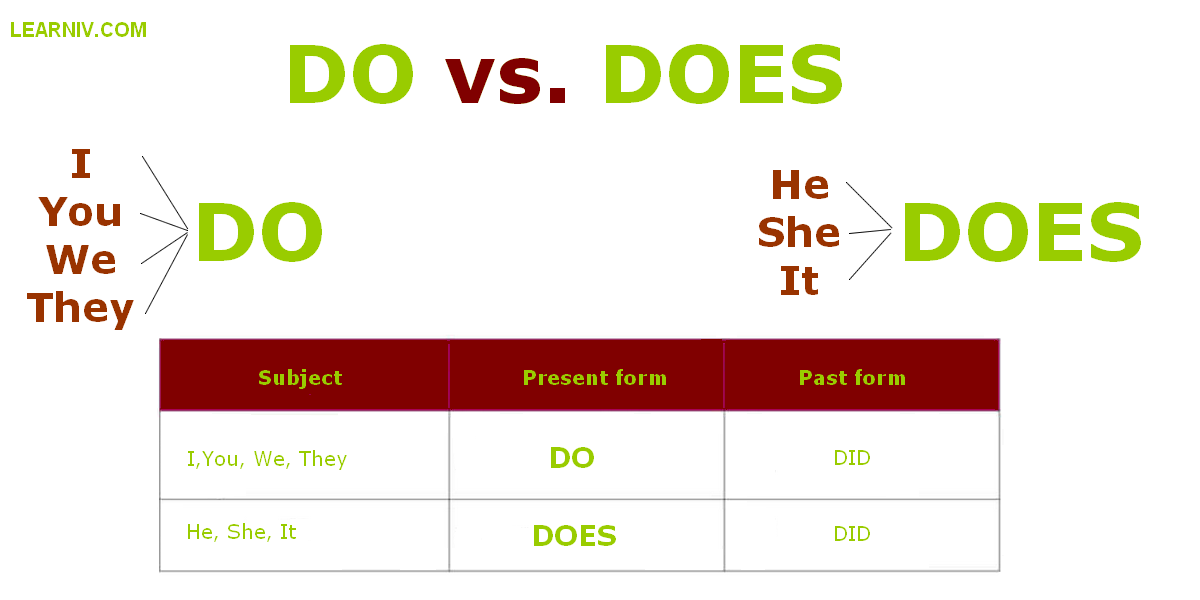Mastering the Art of Delivering Bad News to Customers: Strategies for Trust and Loyalty
Introduction: Why Delivering Bad News Matters
Every business will, at some point, need to deliver bad news to a customer. Whether it’s a shipment delay, a product defect, or a denied refund, how you communicate unwelcome updates can define your company’s reputation and customer loyalty. Handling these situations poorly may lead to negative reviews or lost business, while skillful delivery creates opportunities to build trust and even strengthen relationships [3] .
Preparing to Communicate: Mindset and Mental Preparation
Before reaching out, take time to prepare both factually and emotionally. Gather all necessary information about the issue, potential solutions, and any company policies that apply. Mentally rehearse the conversation, anticipating possible customer reactions. This preparation ensures you appear confident, empathetic, and informed [4] .
Step 1: Start With Empathy and Acknowledge Emotions
Begin every conversation by acknowledging the customer’s feelings . Research shows that customers who feel heard are more likely to accept difficult information. Use phrases like, “I understand why this is disappointing,” or, “I’d feel the same way in your situation.” This approach helps to prime customers for a collaborative discussion rather than conflict [1] .

Source: wikidoc.org
Example:
“I can see how waiting longer for your order must be frustrating. Thank you for your patience.”
Step 2: Open With a Positive or Neutral Note
Set a respectful, solution-focused tone by recognizing the customer’s loyalty or patience. Opening on a positive note creates a more receptive environment for the message that follows. For instance, thank them for reaching out or for being a valued customer [2] .
Example:
“Thank you for contacting us about your order. We appreciate your business and the trust you place in our company.”
Step 3: State the Facts Clearly and Honestly
When delivering the bad news,
be direct and concise
. Avoid jargon, euphemisms, or overly technical explanations that may confuse or frustrate the customer. Instead, explain
exactly
what happened, why it happened, and what it means for the customer. Transparency builds credibility and reduces the risk of misunderstandings
[2]
,
[4]
.
Example:
“Unfortunately, due to a supply chain disruption, your order will arrive three days later than expected.”
Step 4: Provide a Clear Rationale
Customers want to know
why
the issue occurred. Offer a transparent explanation for the situation, including any external factors or company responsibilities. If appropriate, acknowledge mistakes and outline the steps being taken to prevent recurrence. This shows accountability and commitment to improvement
[2]
.
Example:
“A recent software update caused an unexpected outage, and our IT team is actively working to restore service.”

Source: wiki.telefang.net
Step 5: Offer Solutions and Alternatives
Always present at least one actionable solution or alternative to minimize the impact of the bad news. This could be a replacement product, expedited shipping, a discount on future purchases, or any other form of compensation. Providing choices empowers the customer and demonstrates your dedication to resolving the issue [2] , [3] .
Example:
“We can expedite your replacement item at no additional charge, or if you prefer, offer a gift card for your inconvenience.”
Step 6: Invite Questions and Maintain Two-Way Communication
Encourage an open dialogue by inviting the customer to ask questions or share concerns. This two-way communication fosters collaboration and helps the customer feel respected and valued. Let them know how to reach you for follow-up or additional support [3] .
Example:
“If you have any questions or need further assistance, please reply to this email or call our customer support team at the number provided in your order confirmation.”
Practical Implementation Steps
- Gather Facts: Collect all relevant details about the issue so you can answer any customer questions confidently.
- Prepare Your Message: Write down the main points you want to communicate, including the facts, rationale, and available solutions.
- Choose the Right Medium: Decide whether to communicate via phone, email, or in person based on the severity and complexity of the issue. For sensitive matters, a phone call or video chat may be more appropriate.
- Deliver the Message: Use your prepared script, focusing on empathy, clarity, and transparency throughout the conversation.
- Document the Interaction: Record the details of your communication and any follow-up actions for internal reference and accountability.
Real-World Example: Turning a Service Outage Into a Loyalty Opportunity
Consider a SaaS company experiencing a service outage. Instead of sending a generic apology, a support representative reaches out personally to affected clients, explains the technical issue, and offers a free month of service as compensation. By taking responsibility, providing a rationale, and offering a tangible solution, the company not only resolves the immediate concern but also increases customer loyalty through transparency and goodwill [3] .
Challenges and Solutions
Delivering bad news can trigger emotional responses from customers, ranging from disappointment to anger. Stay calm and empathetic throughout the exchange, even if the customer is upset. If you don’t have an immediate solution, let the customer know you are investigating and will follow up by a specific date. Avoid making promises you cannot keep, and ensure all follow-ups are timely and accurate [4] .
Alternative Approaches
Some organizations use written templates for common scenarios (such as delayed shipping or denied returns) to ensure consistency and professionalism. However, always personalize your message to the customer’s specific situation for greater impact [3] . In highly sensitive cases, consider involving a supervisor or manager to reinforce the company’s commitment to resolution.
Key Takeaways
- Empathy, honesty, and transparency are essential when communicating bad news.
- Provide a clear rationale for the issue and explain what’s being done to address it.
- Offer actionable solutions or alternatives to demonstrate commitment to customer satisfaction.
- Maintain open communication and follow through on all promises and updates.
How to Access Support and Further Guidance
If you need help scripting difficult conversations or want to improve your team’s customer communication skills, consider reaching out to professional customer service training providers. You can search for “customer service training programs” or explore resources from reputable business consultants and professional associations specializing in customer care excellence.
For templates and examples, look for guides from established customer support platforms, business coaching organizations, or industry-specific associations. Alternatively, consult your company’s internal knowledge base for approved messaging and escalation procedures.
References
- [1] Giving Bad News to Customers: Call Center Edition (2025). YouTube video with psychological tips for customer communication.
- [2] Peaceful Leaders Academy (2024). How to Deliver Bad News to Customers With a Positive Approach.
- [3] SwiftEQ (2025). How to Deliver Bad News to a Client Like a Pro (with Templates).
- [4] Myra Golden (2025). The Art of Giving Bad News to Customers.



